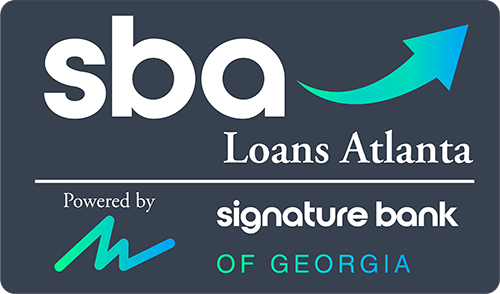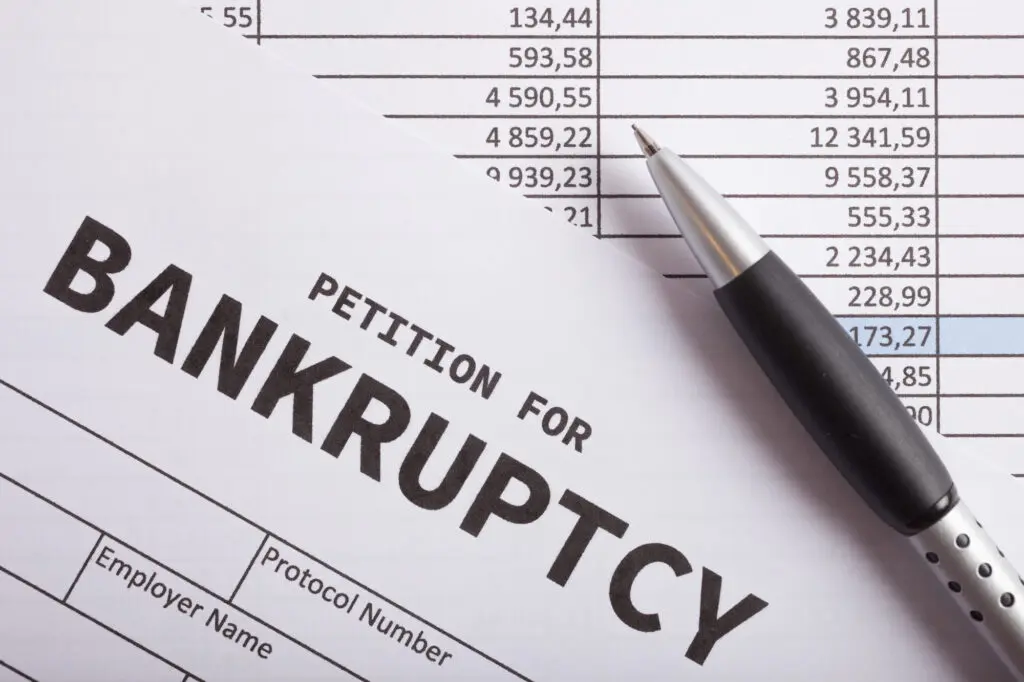Did you know there were about 16,140 business bankruptcies filed in 2021? While business bankruptcies fell by 27.9 percent, there are still many businesses that need to file for bankruptcy.
If your business was in that unfortunate position, you are probably wondering how your business can recover from business bankruptcy. You have been through a difficult journey. Luckily, by taking the right steps, you can rebuild your business back to its former glory in time.
Keep on reading for your recovery from business bankruptcy guide to getting some help in understanding business bankruptcy and how you can start the process to recover from this process.
What Is Business Bankruptcy?
Business bankruptcy is when your business cannot meet its financial obligations. In this case, you will need to start formal procedures for filing for bankruptcy.
To file for Chapter 11 bankruptcy, you need to negotiate a debt repayment plan and show you have the potential for success in the future. Your business will have renegotiated all the debt and have come up with a payment plan.
This payment plan must be agreed upon by your creditors. It can be a complex and time-consuming process. If a payment plan cannot be agreed upon with the creditors, then your business will need to liquidate its assets and shut down.
Business Bankruptcy Tips for Recovery
If you have managed to renegotiate your debt and designed a payment plan, you are now looking to the future. You need to take the right steps to start recovering from your business bankruptcy. Here are some steps you can take to move your recovery in the right direction.
1. Work on a Concrete Financial Plan
A concrete business plan and financial plan are essential to getting back on your feet after a business bankruptcy. First, this will force you to come up with a long-term strategy. You will sit down, get advice, and brainstorm different ways to tackle your next year, 2 years, and 5 years.
You will also need to spend some time thinking about:
- Market analysis
- Risk management based on prior experience
- Marketing strategies
- Financial projections
Second, having a good financial plan can help you secure funding in the future. You can show investors you have a plan to keep moving forward and becoming successful. A bankruptcy does not mean that your business is not valuable or potentially successful in the future.
2. Find Vendors and Business Contacts
Your biggest concern after filing for bankruptcy is finding vendors who are willing to work with you. This can be a challenging time for your recovery after business bankruptcy. Without historical trust, you will need to show your vendors you have a plan and potential for success in the future.
You may feel like you are starting all over at this time. You will need to rebuild your business contacts from the ground up. Over time, you will build the trust necessary to strengthen these business contacts.
In the meantime, pay special attention to your new vendors and business contacts. You may need to give a little extra time or deal with extra restrictions just to show them you are committed to your path.
3. Pay on Time
Now that you have vendors and business contacts, you have to make sure to pay on time. Your reputation has taken a hit, and vendors working with you will be spooked. You may have to deal with additional penalties and stricter repayment plans.
Keeping this in mind, take extra care to make your payments on time. Over time, you may be given more leeway and more time to make your payments. However, in the beginning, it is essential you take extra steps and precautions to make sure you are making payments on time.
Your credit rating will take a hit once you file for bankruptcy. This too can only be managed over time by making payments on time.
4. Make Sure Outstanding Debts Are Repaid
Just as you have commitments to your vendors, you want to make sure that anyone that owes you money repays you on time. By building these strict restrictions, you will set a strong reputation and ensure your future success.
Yes, you want to build strong relations. But, you also want to make sure you get paid for your time and effort. This balance is essential to a successful future.
Dealing with unpaid accounts receivables is one reason many businesses have to file for bankruptcy. You want to make sure you don’t repeat past mistakes. Make changes to ensure you give your business the best chance of success.
5. Explore Your Funding Options
You can start out small, but eventually, your business is going to need more funding. You can borrow from family or friends, or get a small business loan.
In the beginning, getting a loan after bankruptcy may be difficult. You need to be diligent and develop your financial plan. As things progress, you can show the positive trajectory of your business and start to build trust.
When you are looking for a small business loan, you may have to deal with higher interest rates and stricter payment terms. This can be cumbersome for your business, especially when you are trying to get it off the ground.
Finding the right bank can make all the difference. Find a bank you feel comfortable with. You can work with a local community bank that is committed to assisting its small business community.
Get Your Own Business Loan to Recover From Business Bankruptcy
In this article, business bankruptcy was explained. You now understand what steps you can take to recover from business bankruptcy. This is not going to be an easy journey, but nothing worth having is easy.


